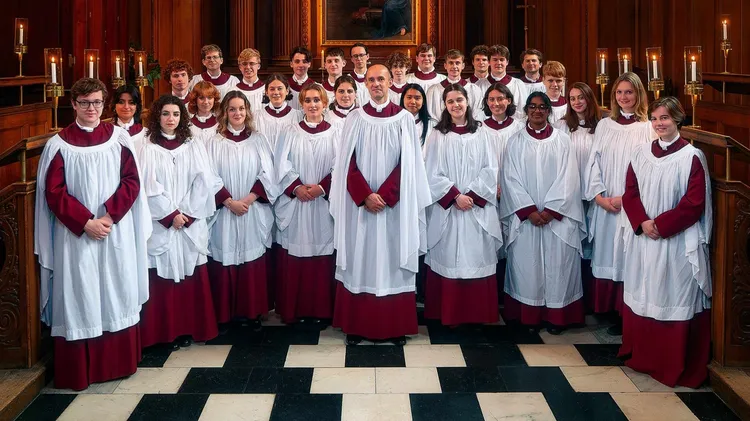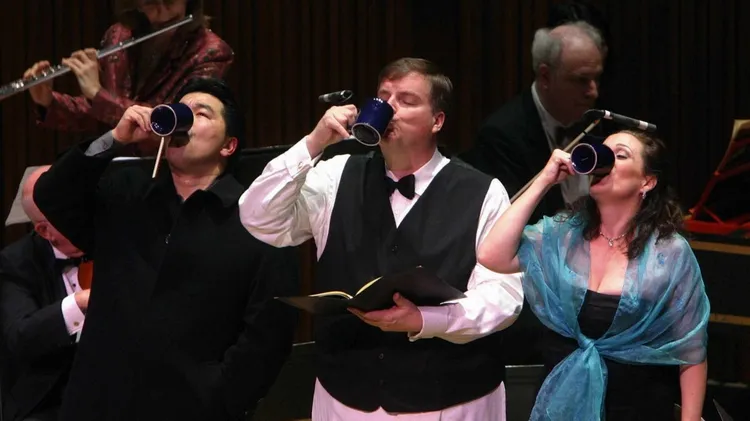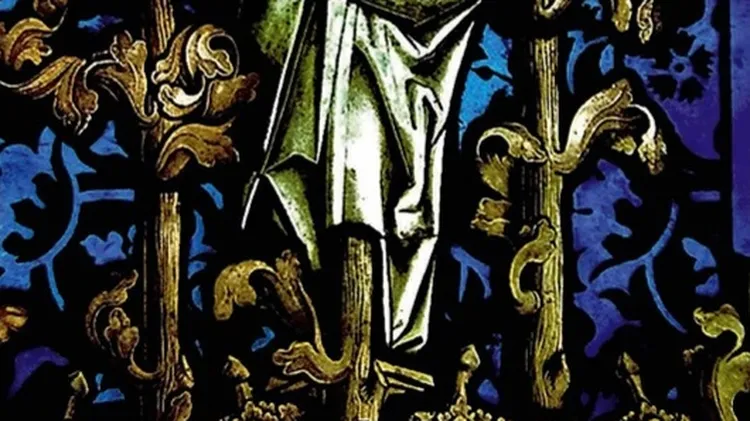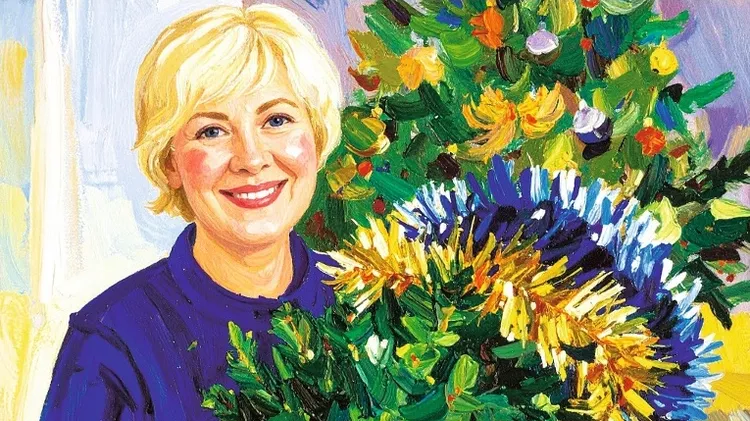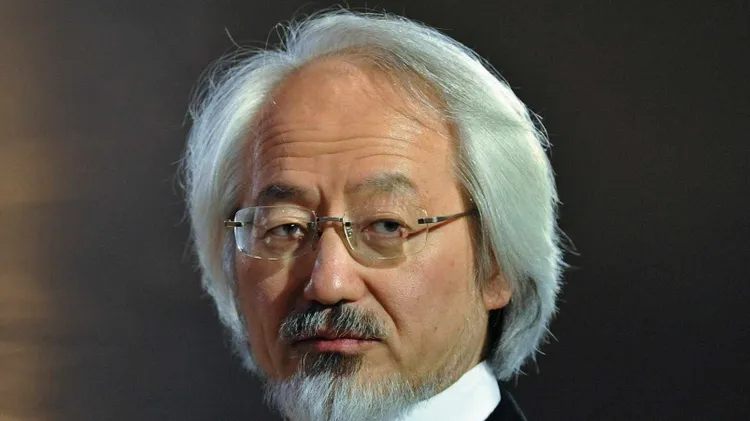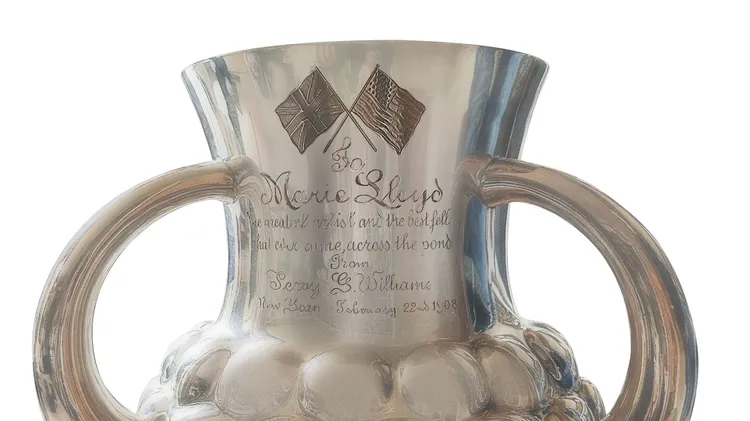Clare Stevens enjoys the finest recordings of a Christma
Benjamin britten a ceremony of carols
3 min read
This article is from...
Read this article and 8000+ more magazines and newspapers on Readly

